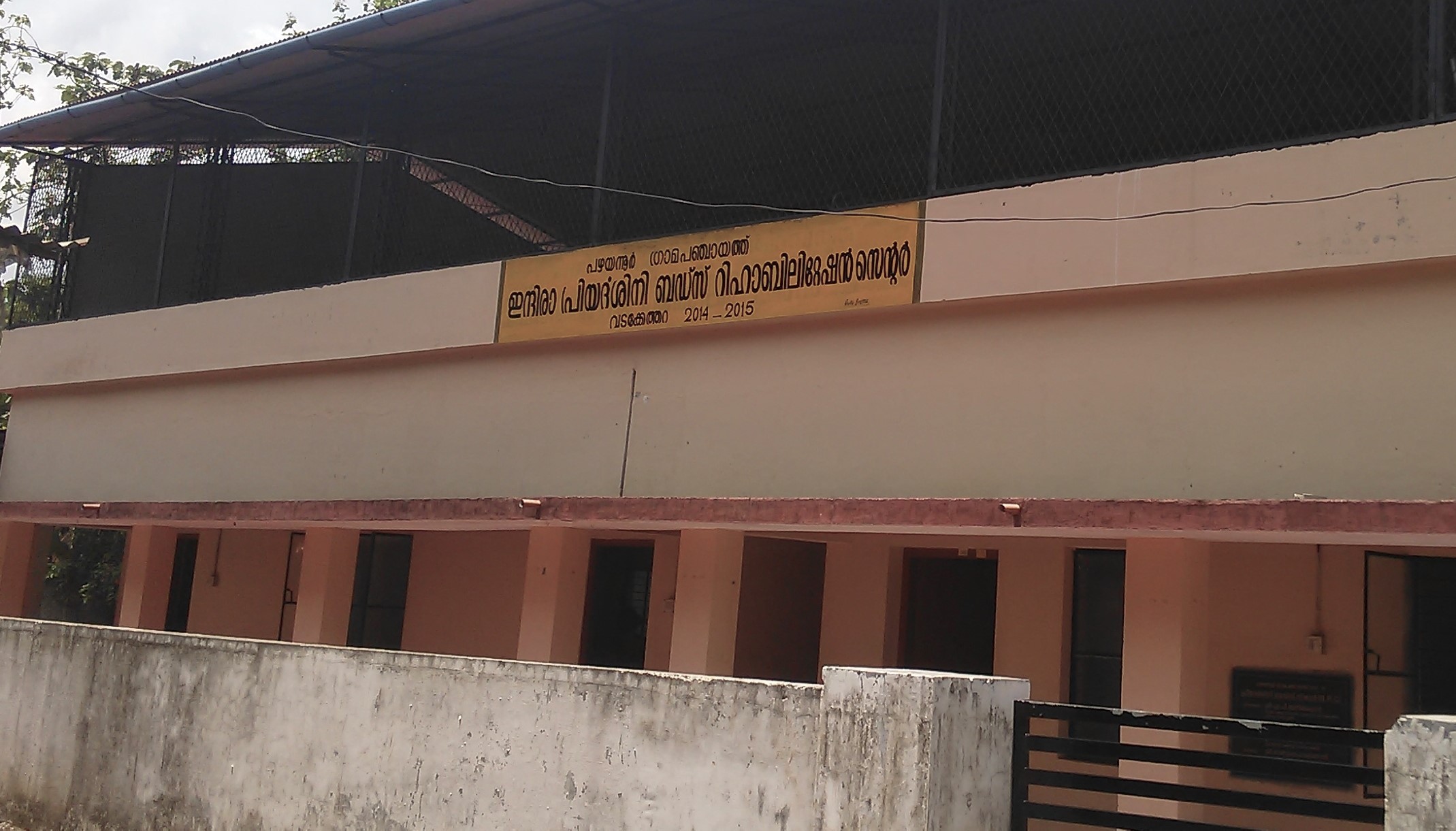
The Flowering of Buds
11 July 2016
‘You must visit our ‘Buds’ school’, she said.
A group of us, members from India of the Local Governance Initiative and Network, LoGIN, were in Kerala on a three day visit to share our experiences and plan our cooperative activities for the next year. We were hosted by the Kerala Institute of Local Government, which has a sprawling campus in sylvan surroundings in the village of Mulamkunnathukavu, Trissur District. KILA had organised out visit to the Pazhayannur village Panchayat, further north from Mulamkunnathukavu, in Trissur District.
After having given us a comprehensive presentation on the Village Panchayat, the President of the Panchayat was keen that we must visit some of the local initiatives that the Panchayat has initiated.
The Buds school was a revelation!
The school ran in an airy, cheerful building. It was a place for care giving to children with special needs, who lived in the Panchayat. There were about twenty such individuals, being provided professional care by a qualified care giver and teacher paid for by the Panchayat. For those who were able to work with their hands, there were several crafts skills to learn, from paper applique to making craft jewellery. To say that the school caters to children alone is a misnomer; the oldest individual in the school was thirty five. Some of the individuals in the school were accompanied by their guardians; parents, brothers and sisters.
The bright eyed professional who looked after the school explained how the Panchayat had found the location for it, and constructed the building. The Panchayat included the capital and running costs for the school in their participative plan and were able to pay for it from its budget, powered by the flexible block grants that were provided to it from the State and the local taxes – mainly property tax – collected by it. We saw an impressive array of crafts and jewellery produced by the children. Recently, the teacher said, doctors living in the Panchayat had agreed to provide physiotherapy services free of cost, for those in the school.
How did a participative plan prepared by the Panchayat come up with the provisioning for such a unique care-giving institution? Put it down to Kudumbashree, Kerala’s unique model of the creation and networking of women into self-help groups, in close collaboration with the local governments. Unlike in other States, where the SHG movement has been positioned as an alternative to the strengthening of local governments, Kerala recognised early that the two were not incompatible and that they served different needs. The local governments are political institutions of government, just like the State and Central governments. On the other hand, the Kudumbashree movement was positioned as a State- catalysed civil society movement. The promotive efforts for strengthening such peoples’ institutions were themselves decentralised to the local level, with a three tier system of federating the groups from the neighbourhood level upwards, aligned with the local government jurisdictions.
It was in Venganur Village Panchayat, Thiruvananthapuram District, that the Buds idea was conceived and implemented. Every Panchayat prepares an anti-poverty sub plan, and during the process, it was discovered – through the active participation of the Kudumbashree SHGs – that poor families who had mentally and physically challenged children faced huge problems in providing them adequate care. The idea of setting up a special school for providing care and rehabilitation support to such children was born and executed.
Venganur Panchayat’s idea has swiftly spread. Buds schools have now flowered, in a short space of time, to nearly half of Kerala’s 900 plus Gram Panchayats.
A meeting with the Chief Secretary of Kerala, Mr. S.M. Vijayanand confirmed that the rapid spread of Buds schools was in response to Kerala’s unique demographics. As a State that had achieved replacement levels of population growth more than two decades back, it was now faced with the challenge of an aging population and small nuclear families, bereft of family support to look after those who are less fortunate. In such a situation, Vijayanand explained, care giving had emerged as a high priority in local planning. Not only were Panchayats setting up Bbuds schools, but also senior citizens clubs, to enable the older generation to relax and seek escape from crushing loneliness. Vijayanand was quick to point out that such initiatives were born from the Panchayats themselves, and did not require directions from the social welfare line departments.
But then, in Kerala, the Panchayats receive block grants with very few conditionalities, with which they can actualise their visions and dreams.
What of other States? Nope. They receive money in tiny, self contained narrow jets, incapable of being used flexibly. As somebody quipped, the money sent by the department of Khel-kood (sports and games) cannot be diverted. Indeed, the money sent for Khel, cannot be spent on kood and vice versa.





